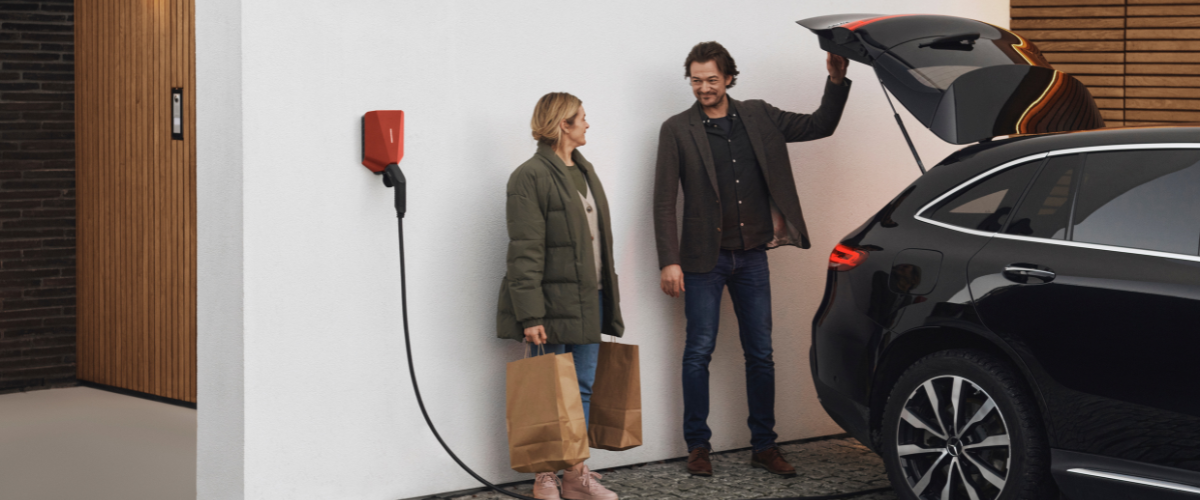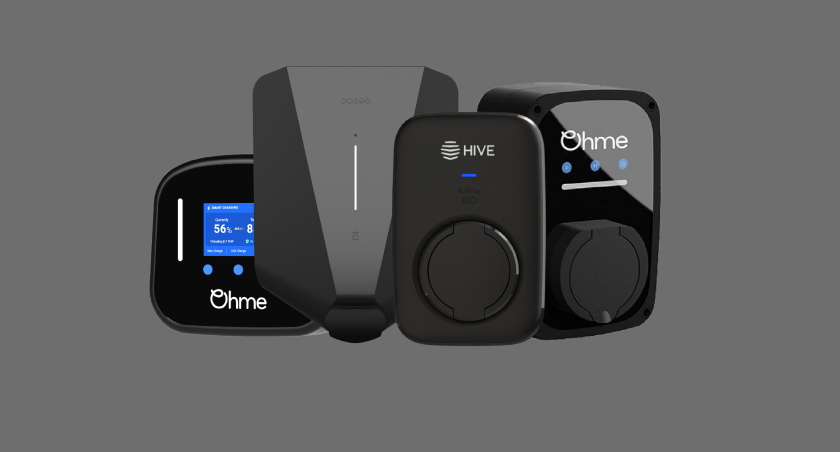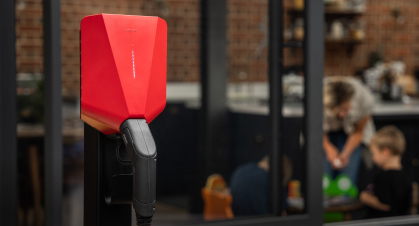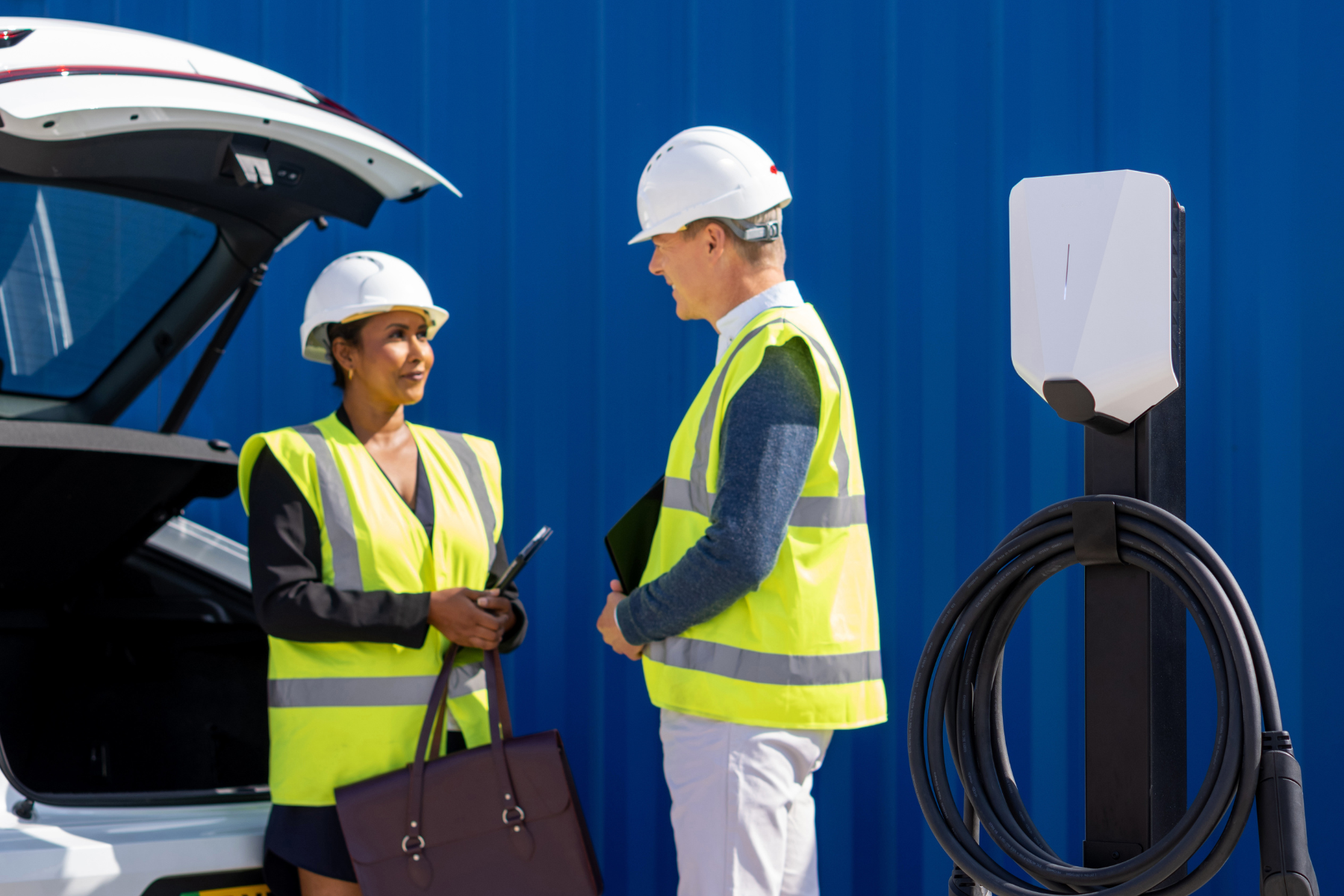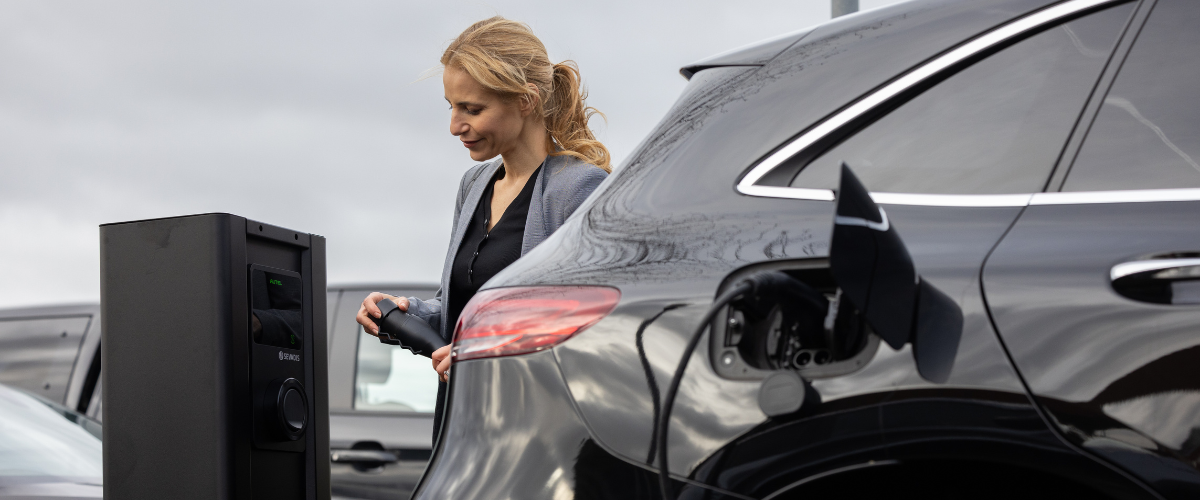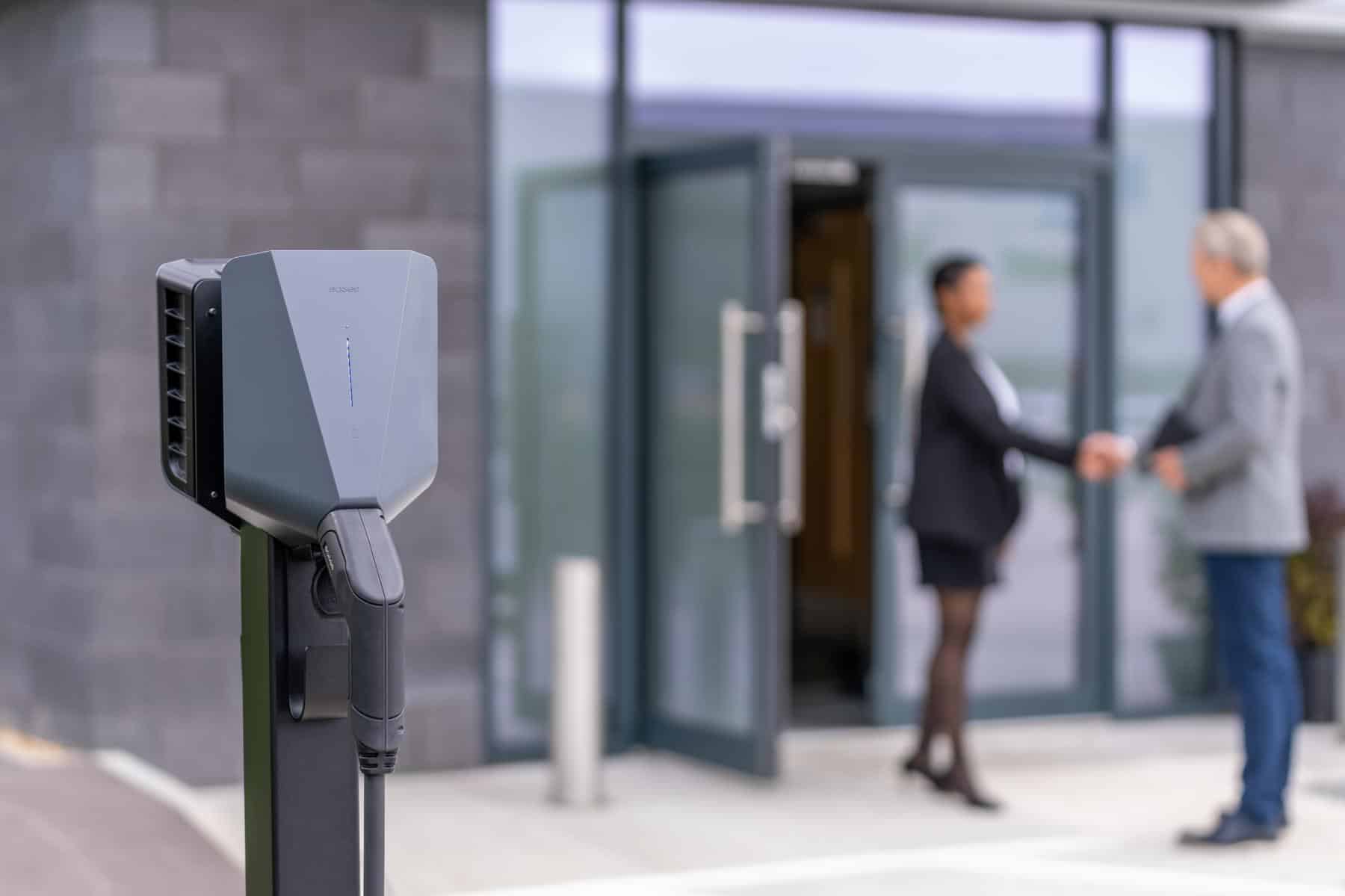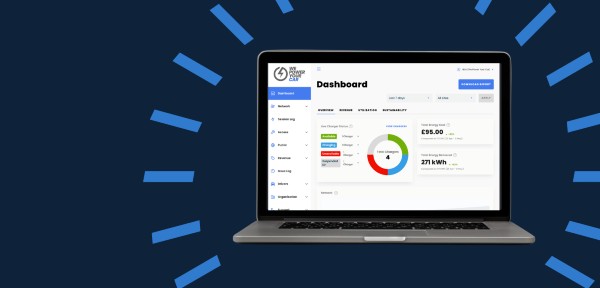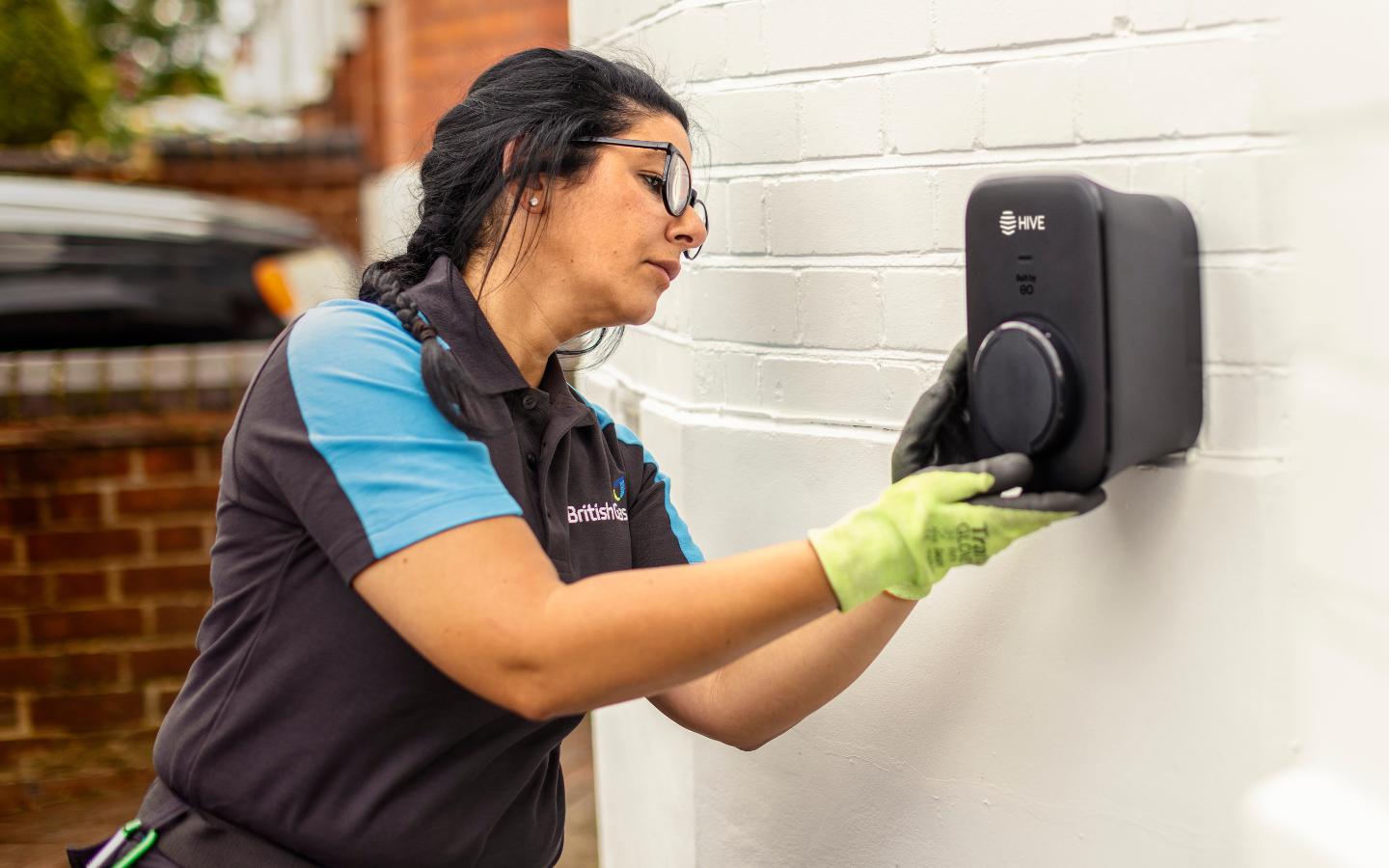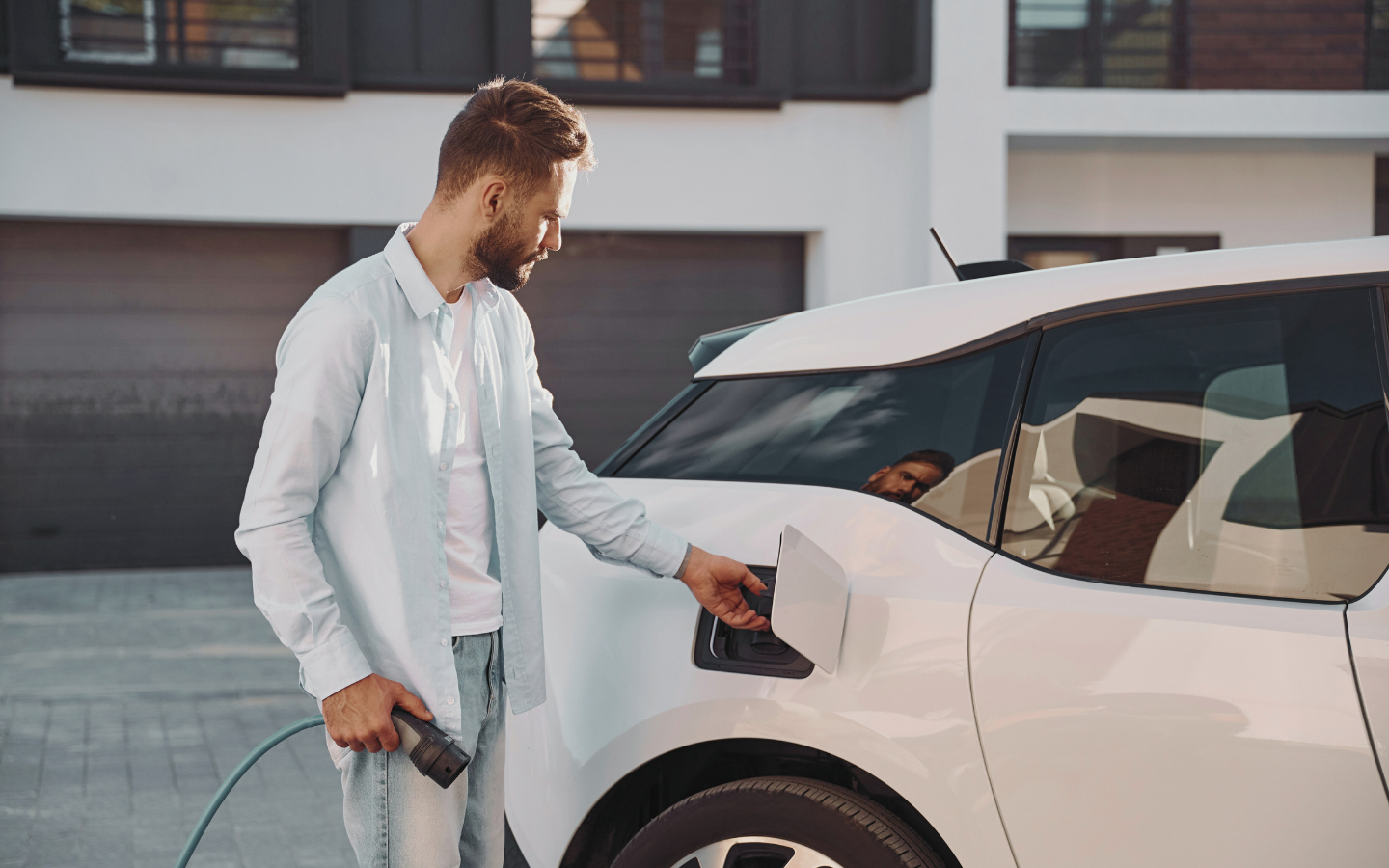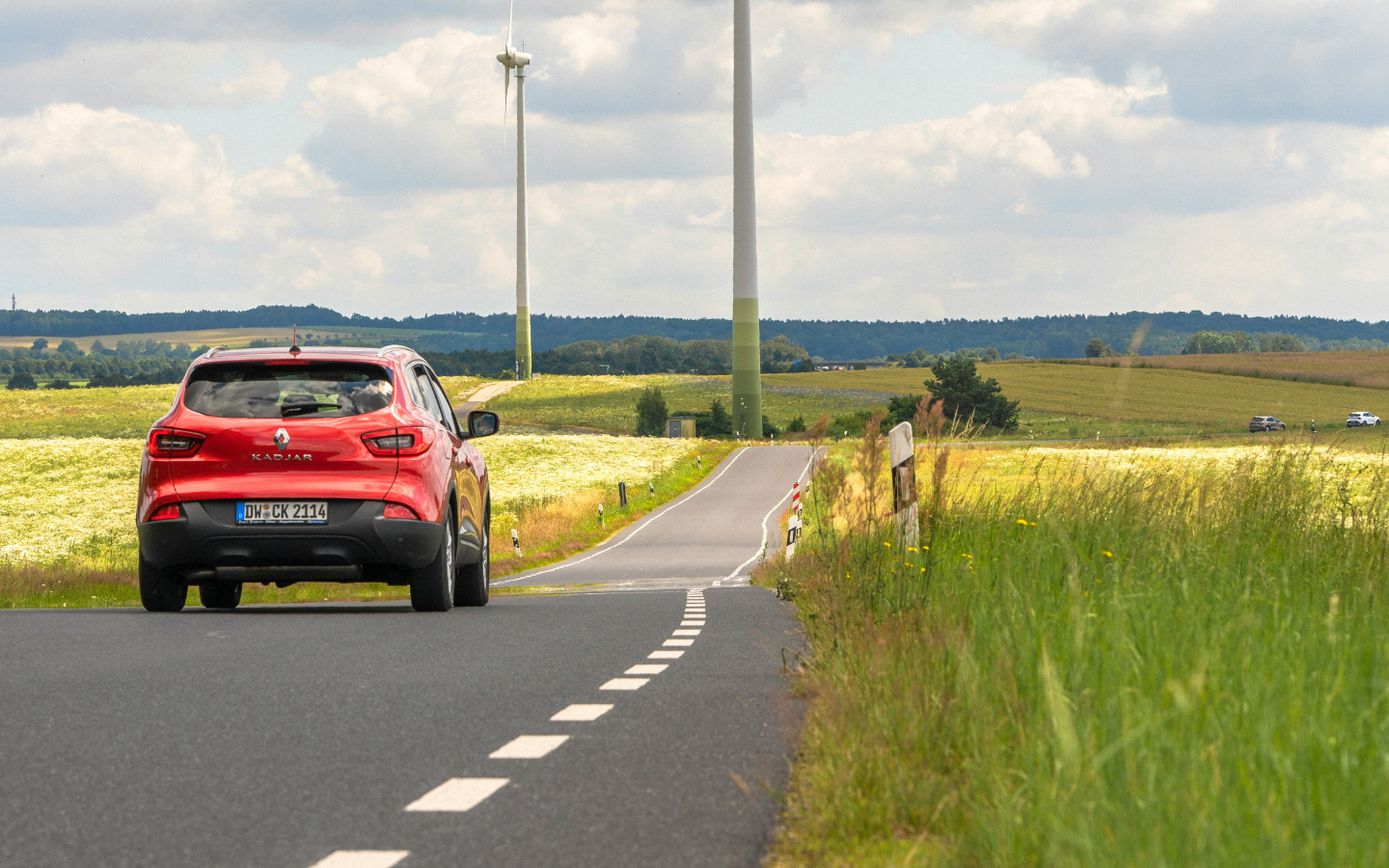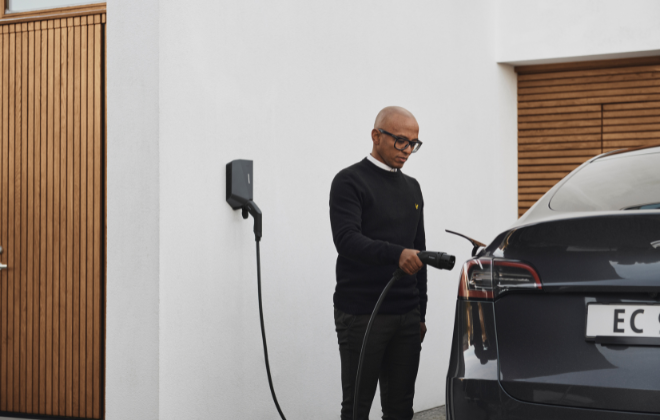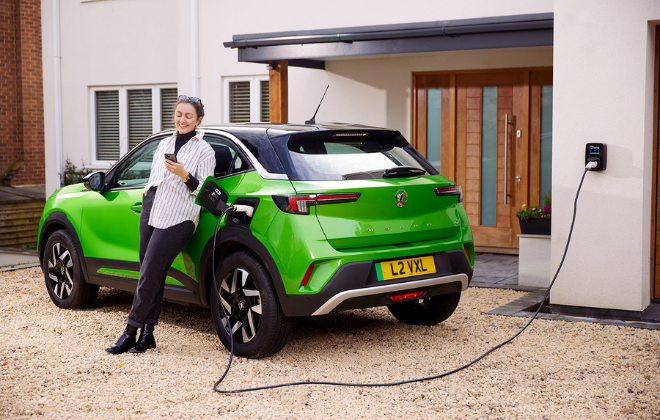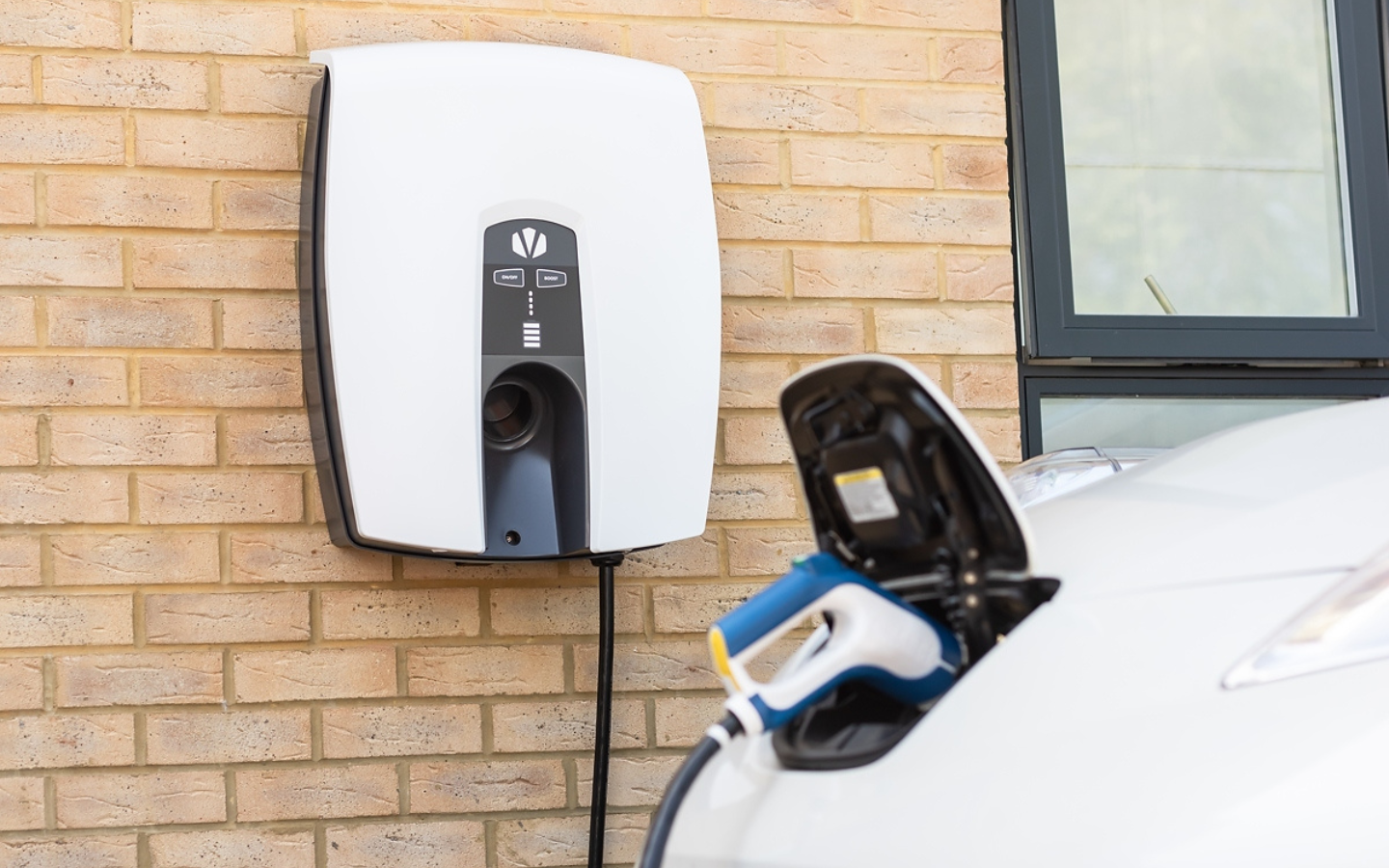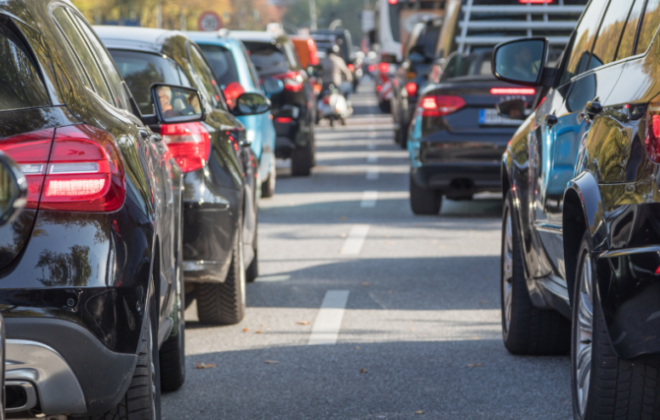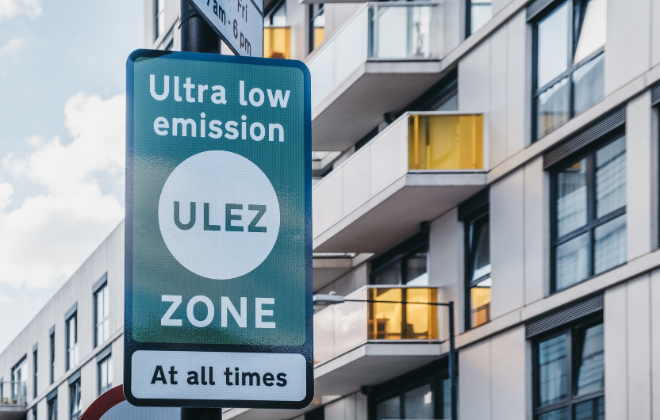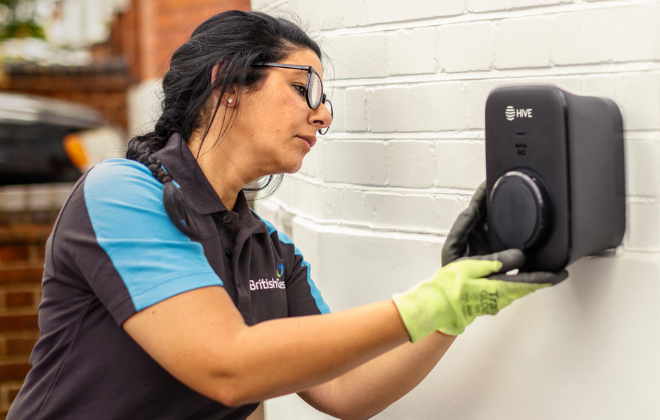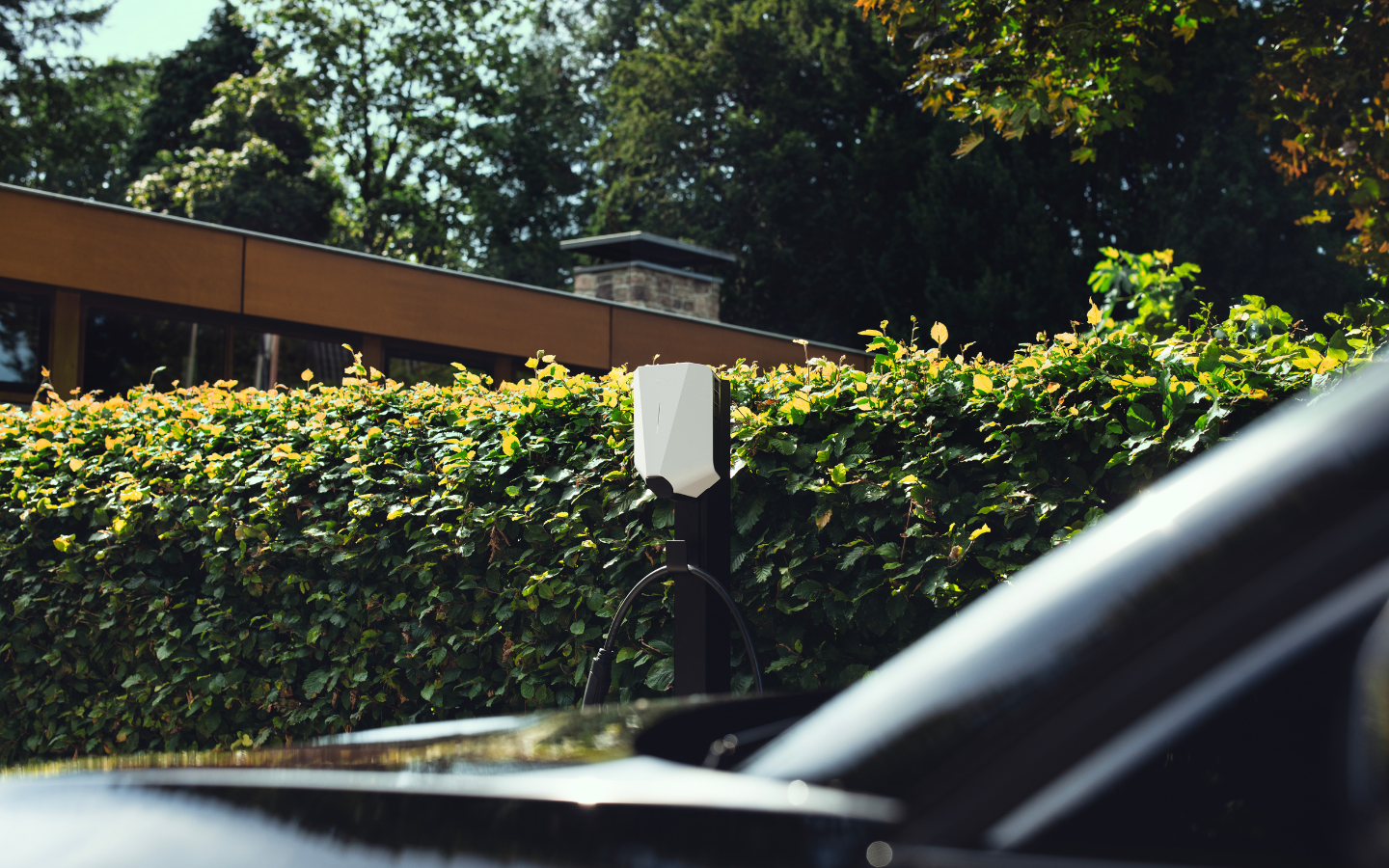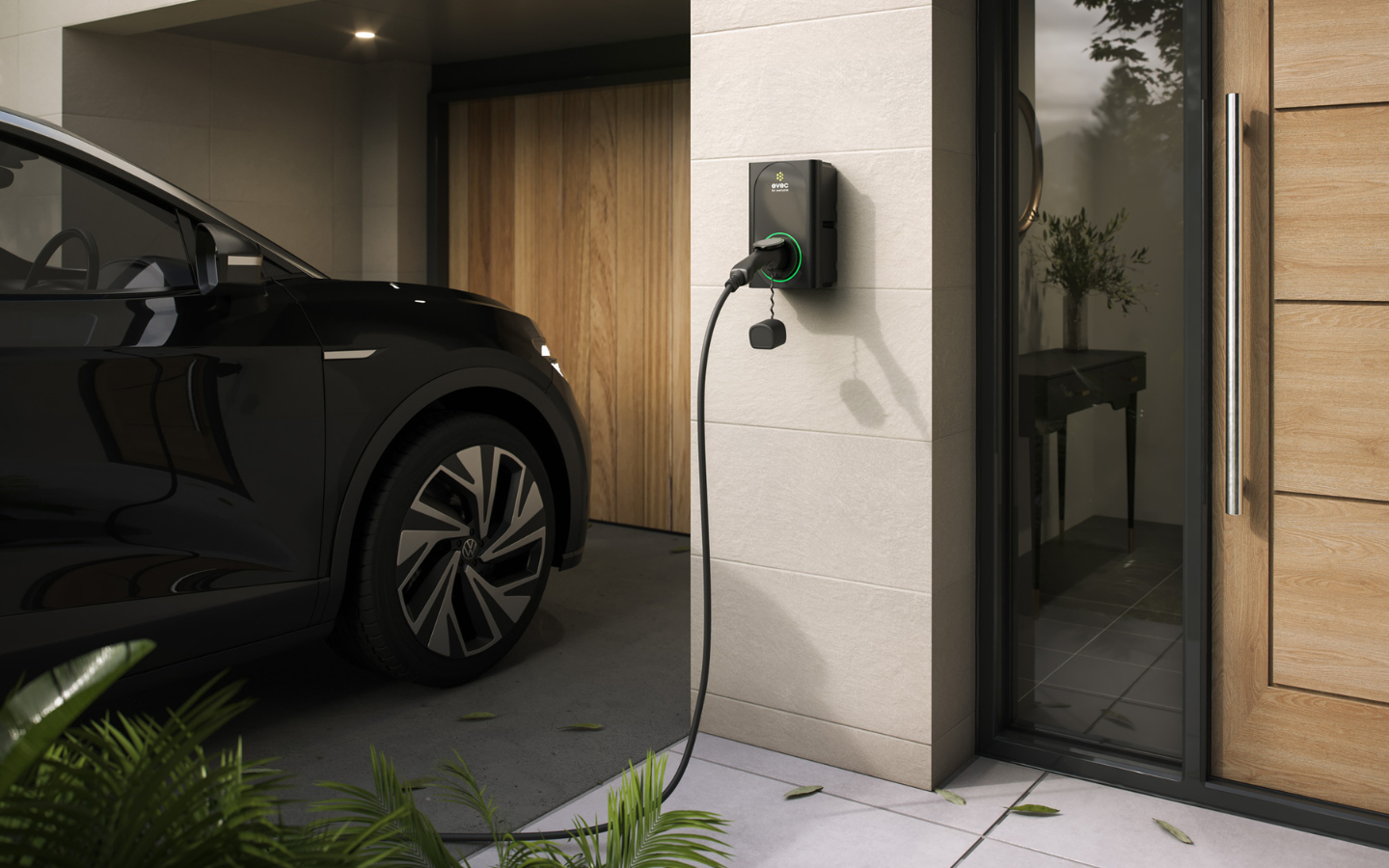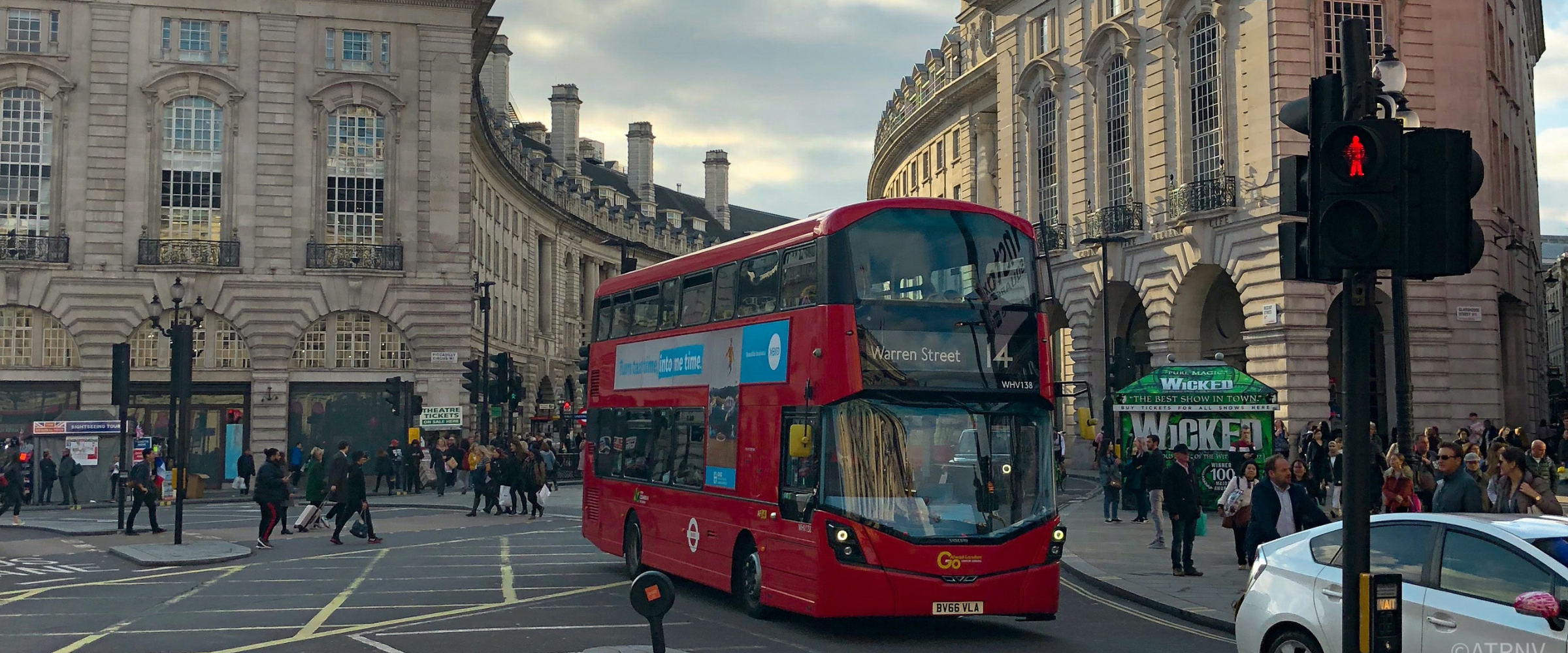

What is a Clean Air Zone?
What is a Clean Air Zone?
You may have heard of London’s Ultra Low Emission Zone, but did you know Clean Air Zones (CAZs) and Low Emission Zones (LEZs) are being rolled out in specific cities across the UK?
In short, a Clean Air Zone (CAZ) is a designated area within a city or town where measures are implemented to reduce air pollution and improve air quality. CAZs are typically areas where air pollution exceeds legal limits or where levels of harmful pollutants, such as nitrogen dioxide (NO2) and particulate matter (PM), are high.
Keep reading to discover everything you need to know – from where and why these zones are being implemented to how they could benefit electric vehicle drivers.
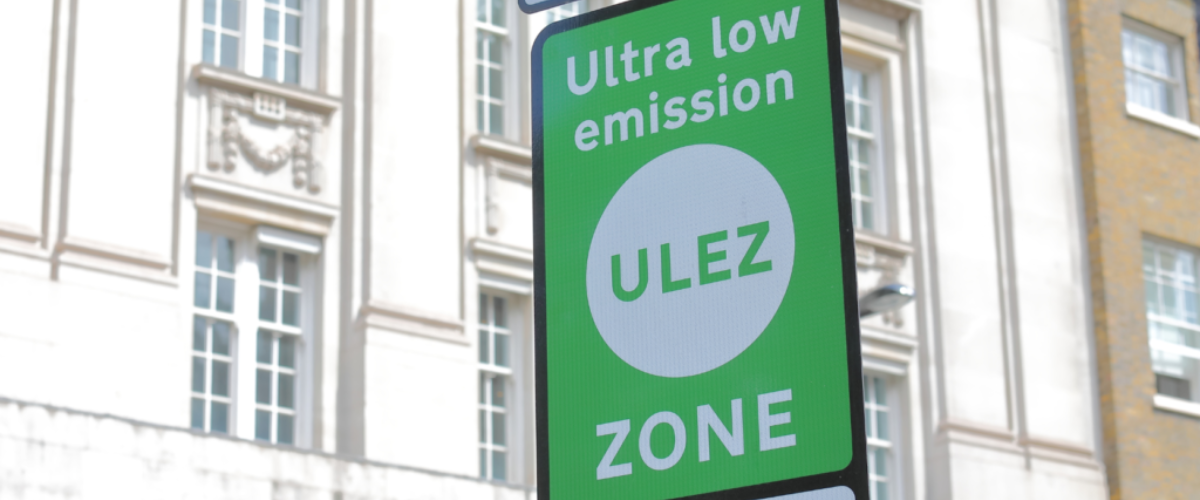
What is a Clean Air Zone? And what is a Low Emission Zone?
First things first, Clean Air Zones (CAZs) and Low Emission Zones (LEZs) are almost identical, and the names are often used interchangeably.
If you enter either one of these zones and your vehicle does not meet the zone emission standards, you will be penalised. Typically, this is usually in the form of a daily charge which fluctuates depending on what your vehicle type is and which zone you enter.
These zones operate 24 hours a day, seven days a week, every day of the year. However, there are national exemptions as well as local exemptions and discounts, such as for Blue Badge holders and community transport. Automatic Number Plate Recognition (ANPR) cameras are used to check whether your vehicle meets the emission standards in these areas.
Clean Air Zones and Low Emission Zones are different to London’s Ultra Low Emission Zone and the Congestion Charge.
What are the minimum emission standards?
To avoid being charged, your vehicle needs to meet the below requirements:
| Vehicle Type | Clean Air Zone Minimum Standard |
| Buses, coaches and heavy goods vehicles | Euro VI |
| Vans, minibuses, taxis, private hire vehicles and cars | Euro 6 (diesel) and Euro 4 (petrol) |
| Motorcycles | Euro 3 |
However, different Clean Air Zones have different Class ratings on a scale of A-D, which also affects who pays the charge:
| Class | Vehicle Type |
| Class A | Buses, coaches, taxis, and private hire vehicles |
| Class B | Buses, coaches, taxis, private hire vehicles and heavy goods vehicles |
| Class C | Buses, coaches, taxis, private hire vehicles, heavy goods vehicles, vans and minibuses |
| Class D | Buses, coaches, taxis, private hire vehicles, minibuses, heavy goods vehicles, vans, minibuses, and cars. Motorcycles can also be included in this category. However, it’s down to the local authority. |
Do electric vehicles pay when entering Clean Air Zones?
Pure electric cars are not subjected to charges when entering these clean air zones. Why? cecause they are zero emission from the tailpipe, making them Ultra Low Emission Vehicles. So, excitingly, they are exempt from any charges.
However, be careful if you have a hybrid as they have to meet the same standards as petrol or diesel cars.
Why do we need Clean Air Zones and Low Emission Zones in the UK?
The aim of these zones is to encourage the transition to cleaner modes of transport, either by investing in pure electric vehicles or by taking advantage of local public transport in cities. It’s all in an effort to decrease air pollution and, in turn, improve air quality and public health.
You may be thinking – why do we need to improve air quality? Well, it’s because older and more polluting vehicles produce more harmful carbon emissions, which can cause lung cancer, strokes, and other cardiovascular diseases. Many cities across the UK where air pollution is rife exceed the safe legal limits for nitrogen dioxide (NO2) pollution due to vehicle emissions, which is why cities are tackling this with the introduction of these zones.
How do I know if I am entering a Clean Air Zone or a Low Emission Zone?
You’ll know when you’re entering a Clean Air Zone as it will be heavily signposted on the approach.
Where are these clean air zones in the UK currently?
-
Bath Clean Air Zone
Launched in 2021, the Bath Clean Air Zone is a Class C CAZ and covers Bath City Centre and the surrounding areas, including Bathwick and Kingsmead.
| Vehicle Type | Daily charge for non-compliance |
| Coaches and buses | £100 |
| Trucks and lorries | £100 |
| Taxis, private hire vehicles, minibuses, vans and light goods vehicles | £9 |
-
Bradford Clean Air Zone
The Bradford Clean Air Zone is a Class C CAZ and started charging on 26 September 2022. The zone covers the Bradford outer ring road as well as the Aire Valley corridor, including Shipley and Saltaire.
| Vehicle Type | Daily Charge for non-compliance |
| HGVs, buses and coaches, | £50 |
| Minibuses and LGVs | £9 |
| Hackney carriages and private hire vehicles | £7 |
-
Birmingham Clean Air Zone
The Birmingham Clean Air Zone was launched in June 2021 and covers the area of Birmingham city centre within the A4540 Middleway. Rated at a Class D CAZ, you’ll find that private cars are included in the charging.
| Vehicle Type | Daily Charge for non-compliance |
| Cars, vans and taxis | £8 |
| Coaches, buses and HGVs | £50 |
View the Birmingham Clean Air Zone map here.
-
Portsmouth Clean Air Zone
Launched on 29 November 2021, the Portsmouth CAZ is a Class B zone and covers the southwest of Portsmouth, including the University of Portsmouth.
| Vehicle Type | Daily Charge for non-compliance |
| Non-compliant taxis and private hire vehicles | £10 |
| HGVs, buses and coaches | £50 |
View the Portsmouth Clean Air Zone Map here.
-
Bristol Clean Air Zone
The Clean Air Zone in Bristol was only just launched on 28 November 2022 and, similarly to Birmingham, has been classed as a D CAZ.
| Vehicle Type | Daily Charge for non-compliance |
| Private petrol and private diesel cars | £9 |
| Taxis | £9 |
| Light Goods Vehicle (under 3.5t) | £9 |
| Heavy Goods Vehicle (over 3.5t), buses and coaches | £100 |
View the map to the Bristol Clean Air Zone here.
Which cities will have low emission zones in the future?
-
Sheffield Clean Air Zone
Sheffield City Council has plans set in motion for a CAZ to launch in Sheffield on 27 February 2023.
-
Newcastle Clean Air Zone
The Newcastle Clean Air Zone was launched in October 2022; however, it is currently non-charging. That being said, plans are confirmed for Newcastle to start charging non-compliant buses, coaches and HGVs from January 2023. It won’t be until July 2023 that vans and LGVs will be charged. The zone will extend to most of Newcastle’s city centre, including roads over the Tyne.
-
Edinburgh Low Emission Zone
Edinburgh is technically already a Low Emission Zone, having been introduced on 31 May 2022. However, enforcement will start in 2024 after a two-year grace period, whereby charges will commence.
-
Greater Manchester Clean Air Zone
The Clean Air Zone in Manchester was originally meant to launch in May 2022. However, the government pressed pause on the introduction. A new Greater Manchester Clean Air Plan has been submitted, and a public consolation should take place in early 2023.
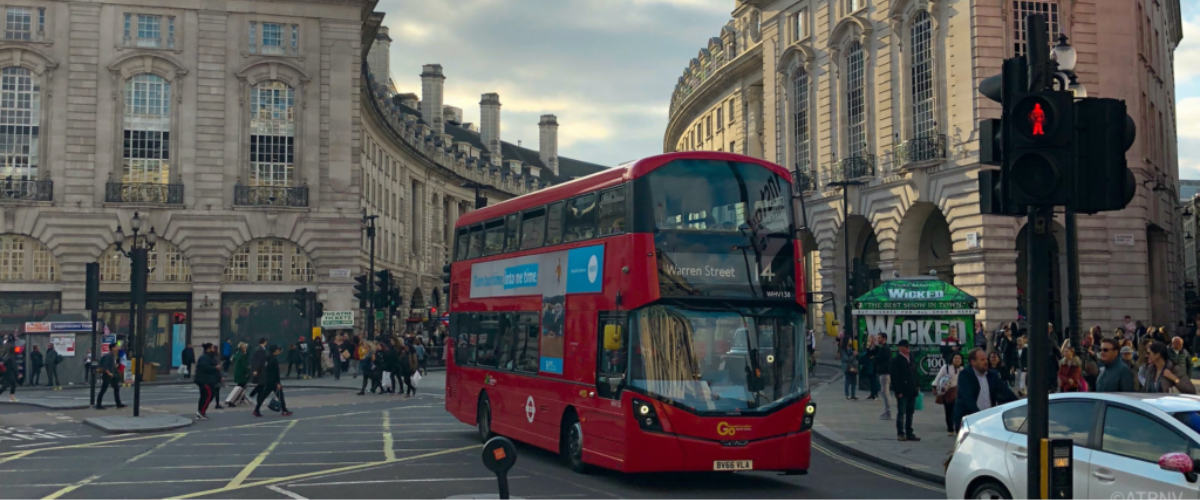
Are Clean Air Zones the same as London’s Ultra Low Emission Zone?
It’s important to note that Clean Air Zones and Low Emission Zones differ slightly from London’s Ultra Low Emission Zone, which has stricter regulations. Currently, the only Ultra Low Emission Zone in the UK is in London.
In August 2023, the Ultra Low Emission Zone expanded to cover the whole of London and impacting over five million Londoners. However, the upside is that if you own an electric vehicle, you will be exempt from the daily ULEZ charge of £12.50.
Summary:
- Clean Air Zones and Low Emission Zones are very similar, with both charging high carbon emission vehicles a fee when entering a designated area within a city or town that has high air pollution levels.
- Pure electric vehicles do not have to pay when entering these zones as zero-emission vehicles
- Clean Air Zones are located in Bath, Bradford, Birmingham, Portsmouth and Bristol.
- Clean Air Zones will be rolled out in Sheffield, Newcastle, Edinburgh, Greater Manchester.
Save more and charge greener with a home EV charger.
With the introduction of these new Clean Air Zones, it’s hoped to improve air pollution and encourage the transition to electric. Go the extra mile and install a home electric car charger. Not only can you drastically reduce the cost of your electric vehicle charging, but you can top-up during off-peak hours when carbon is less intensive. Do your bit to reduce air pollution.
If you have recently made the switch and are in need of a home EV charger, click below to get your free quote, or contact us for more information or any queries you may have. As nationwide installers, we install near you – handling the process from starrt to finish. Stress-free, hassle-free.
For more information and our latest updates, follow us on Facebook, Instagram, Twitter, LinkedIn and YouTube.
Related articles_
Stay up to date on the latest from We Power Your Car_
I consent to receive newsletters from We Power Your Car. Please see our Privacy Policy
